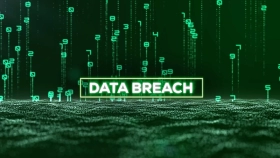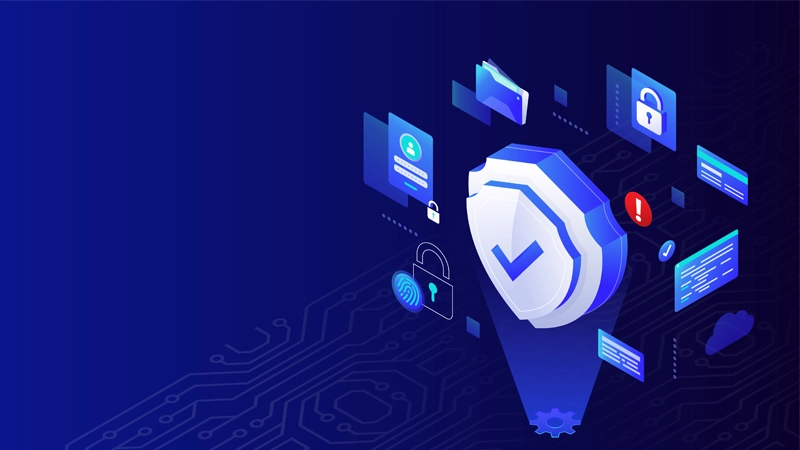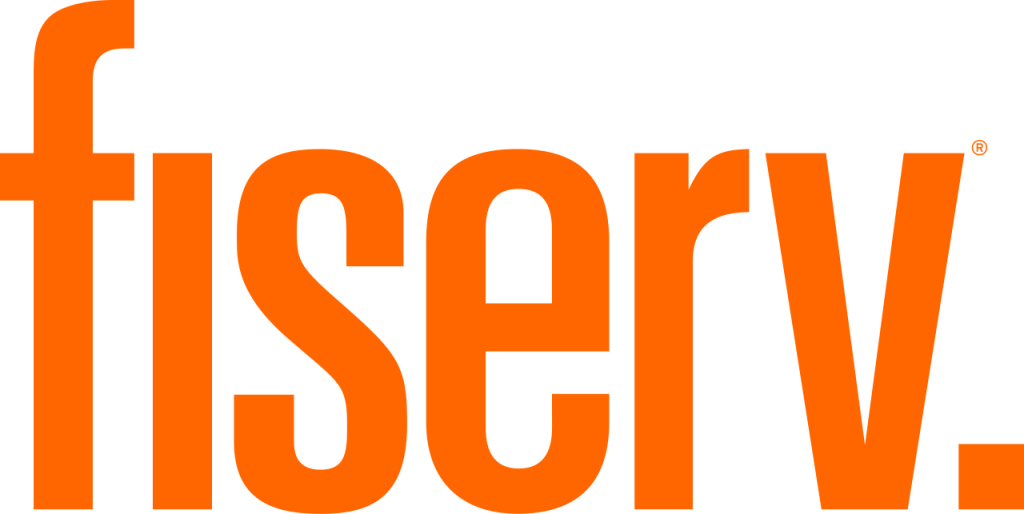Eliminate Ransomware Risk with PK Protect

Ransomware Threats to Unstructured Data
Ransomware attacks continue escalating in complexity, now targeting not only databases but unstructured data—documents, PDFs, spreadsheets, and multimedia—on endpoints and file servers. Such data frequently contains vital intellectual property, regulated information, and business-critical records that, if compromised or encrypted by malware, can devastate operations and expose organizations to compliance penalties and reputational risk.
Modern ransomware typically encrypts data and demands payment to restore access. Network-level controls, traditional backup strategies, and signature-based endpoint antivirus alone cannot consistently protect against these threats, especially when data is spread across devices and file shares. To counter these evolving threats, data security teams require an approach that makes data protection continuous, portable, and enforceable regardless of where files reside or moves.
Persistent and Transparent File Protection with PK Protect
PKWARE’s PK Protect platform delivers persistent and transparent protection for sensitive unstructured files across endpoints and file servers, ensuring organizations maintain robust security to defend against ransomware. Our Smartkey technology enables fine-grained control over file access, limiting data exposure even in complex environments.
Persistent File Protection
PK Protect’s persistent encryption ensures sensitive files remain encrypted both at rest and in transit. Rather than relying solely on perimeter defenses or disk-level encryption, PK Protect applies file-level cryptography that “travels” with the data as it moves between systems, cloud storage services, shared folders, email, and removable devices. This means that, even if files are exfiltrated or accessed by an attacker, their contents are unreadable without valid decryption keys.
Key Benefits of PK Protect’s Persistent Encryption:
- Follows the File: Protection stays with the file, even as it moves across networks, is shared externally, or copied to other devices, ensuring data security beyond traditional network boundaries.
- Supports Regulatory Compliance: Maintains persistent, auditable protection for files that are subject to regulatory requirements, helping organizations meet data privacy and compliance standards throughout the file’s lifecycle.
- Universal Enforcement: Enterprise-wide policies enforce persistent encryption automatically on specific file types, folders, or based on classification rules, ensuring consistent protection across the organization.
Transparent File Protection
Transparent encryption handles files at rest within defined secure locations, such as protected folders on endpoints or file servers. End users experience no disruptions to workflows—when authorized staff access files, encryption/decryption is handled automatically, keeping interactions seamless. However, when ransomware attempts unauthorized encryption or exfiltration, files remain protected and inaccessible.
Key Benefits of PK Protect’s Transparent Encryption:
- Seamless Integration: Integrates with directory services like Active Directory and file access controls to automatically enforce encryption wherever organizational policies require.
- Efficient Policy Management: Enables policy application to entire directories or specific content types,reducing administrative effort and mitigating risks from human error.
PKWARE Smartkeys For Seamless Data Access for Authorized Users
PKWARE Smartkey technology revolutionizes encryption key management, delivering granular access control for sensitive data. Smartkeys are collections of cryptographic keys linked to access control lists, enabling administrators to tightly control who—within or outside the organization—is authorized to decrypt files.
Key benefits of Smartkeys:
- Granular Access Control: Administrators can grant, restrict, or revoke access at the file level for users or groups instantly, including external collaborators when needed.
- Automated key lifecycle management: Smartkeys integrate seamlessly with enterprise identity platforms like Active Directory, ensuring decryption privileges align with user roles and are automatically rescinded when access is removed, such as during employee offboarding.
- Secure File Sharing: Smartkey-encrypted files can be securely shared with partners, legal teams, or customers. Recipients use a free PKWARE Reader application for access; authorized access is validated through Smartkey credentials, even if recipients don’t use PKWARE-managed endpoints.
- Enhanced Security with Multi-Factor Authentication: Supports MFA workflows for sensitive files, adding an extra layer of protection against unauthorized access.
Smartkey management empowers data security teams maintain rapid, controlled responses to incidents—revoking access to compromised accounts, isolating data, and ensuring that lost or exfiltrated data remains inaccessible to attackers.
Best Practices for Ransomware Protection
To strengthen defense against ransomware on endpoints and file servers, data security professionals should adopt the following best practices with PK Protect:
- Automate Data Discovery and Classification
Identify and classify sensitive files across the environment — such as spreadsheets, contracts, technical plans, healthcare records—using PK automated discovery and classification. Establish policies that apply persistent or transparent protection based on sensitivity labels, regulatory requirements, or business criticality. - Enforce Persistent Encryption for Unstructured Data
Mandate persistent file encryption for files at high risk of ransomware or exfiltration, ensuring that protection travels with the file to remote locations, backups, and third-party shares. Centralize policy enforcement so that all files of a given classification are encrypted automatically as they are created or moved. - Integrate Access Control with Enterprise Identity Systems
Leverage PKWARE Smartkey technology to connect encryption controls to Active Directory or enterprise IAM platforms. This enables rapid onboarding and offboarding of users, and ensures access policies are always current. Revoke encryption keys from departing staff or compromised accounts without needing to re-encrypt files, reducing operational burden and risk. - Deploy Multi-Factor Authentication for Highly Sensitive Files
Require users to authenticate with two factors before accessing critical files, especially data that could invoke regulatory penalties if lost. PK Protect can enforce per-file or per-policy MFA, deterring attacks that compromise single credentials. - Monitor and Report on Data Protection Status
Enable continuous monitoring of encryption status, access events, and policy compliance. Integrate PK Protect reporting into SIEM and incident management workflows, allowing for rapid detection and response to threats or policy violations. - Rapidly Respond to Ransomware Incidents
- Should ransomware infect endpoints or servers:
- Isolate impacted devices from the network.
- Use PK Protect administrative controls to restrict Smartkey access immediately for affected accounts or file types.
- Restore compromised files from secure backups, confident that protected files have not been exposed.
- Use PK Protect audit and reporting features to document incident response for regulatory compliance.
- Should ransomware infect endpoints or servers:
- Educate Staff on Secure Data Handling
Provide ongoing training on data classification, encryption, and safe data-sharing practices. Empower teams to recognize phishing and malicious attachments that are common ransomware infection vectors.
Conclusion
PKWARE’s PK Protect platform, with its persistent and transparent encryption and Smartkey access controls, provides comprehensive protection for sensitive unstructured files across endpoints and file servers. By integrating automated discovery, classification, and enterprise-scale key management, Data Security professionals can effectively shield their organizations from ransomware, minimize data exposure, and maintain compliance with evolving regulatory demands.
Deploying PK Protect strengthens data-centric security policies, ensures rapid, granular response capabilities, and renders sensitive files useless to attackers—making it a foundational component for any modern data protection and ransomware defense strategy.









